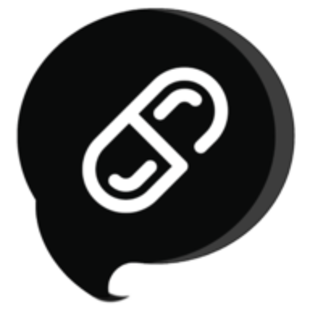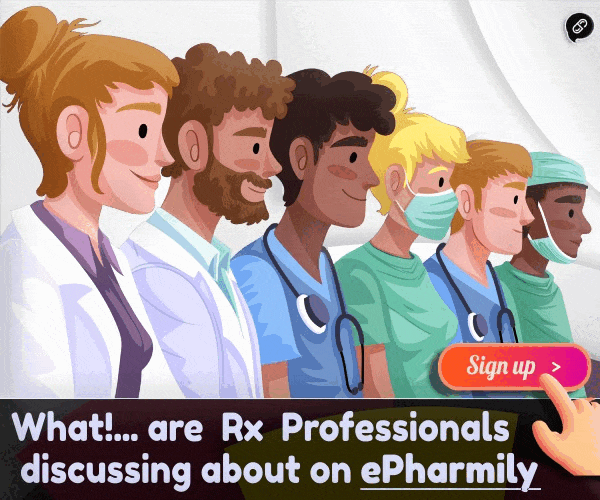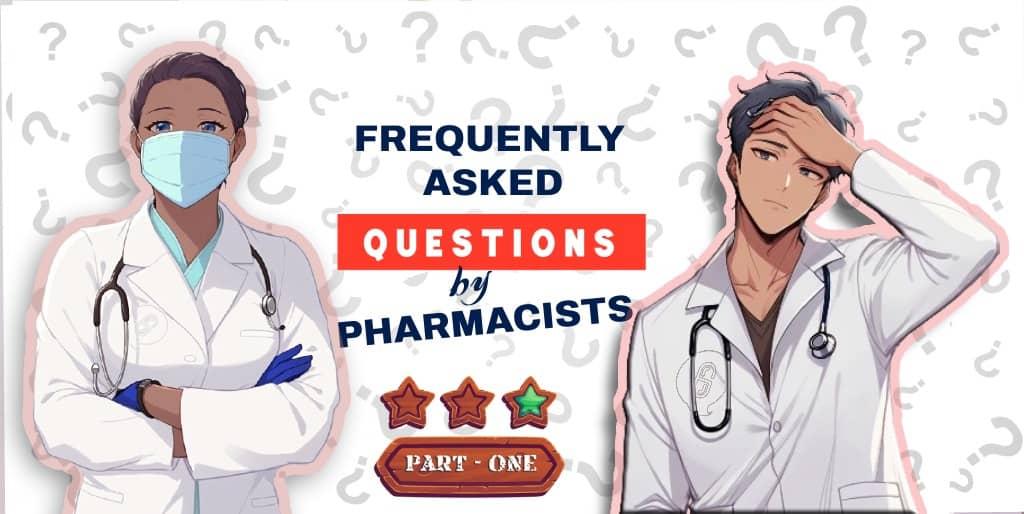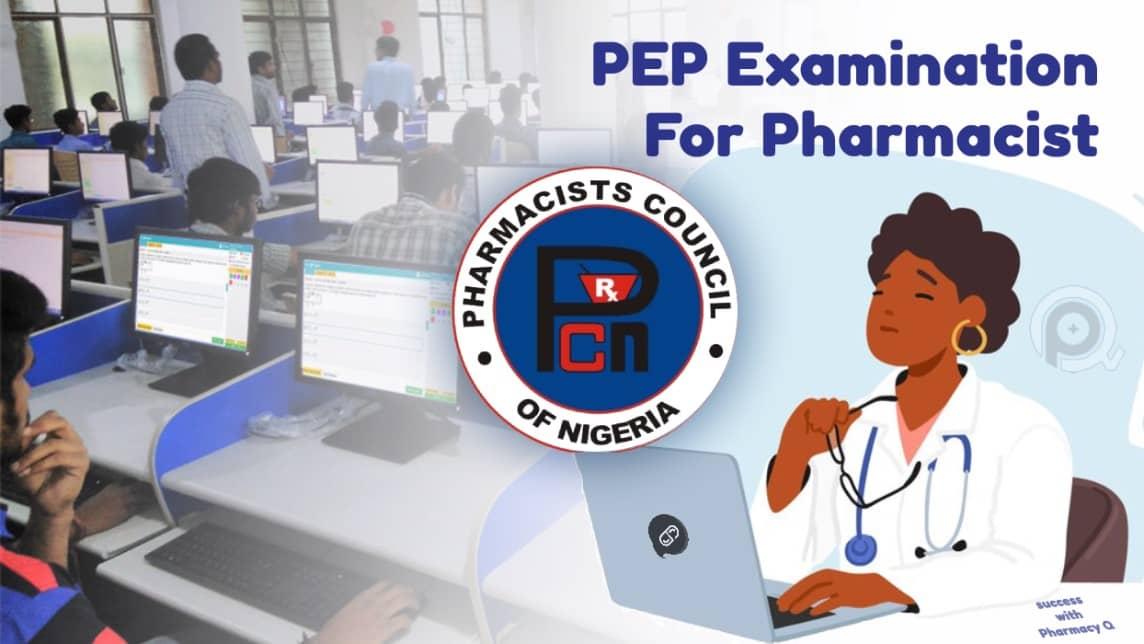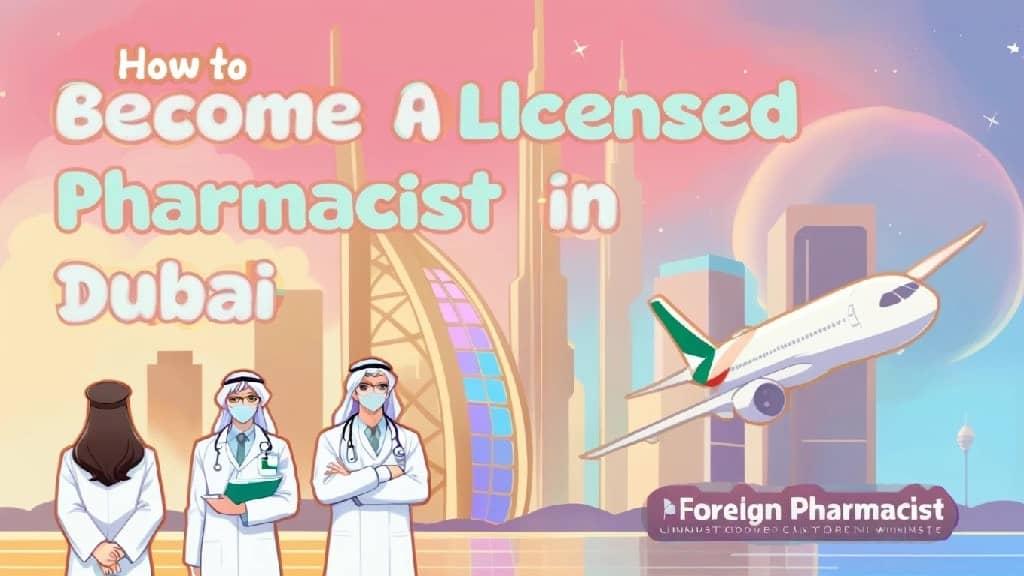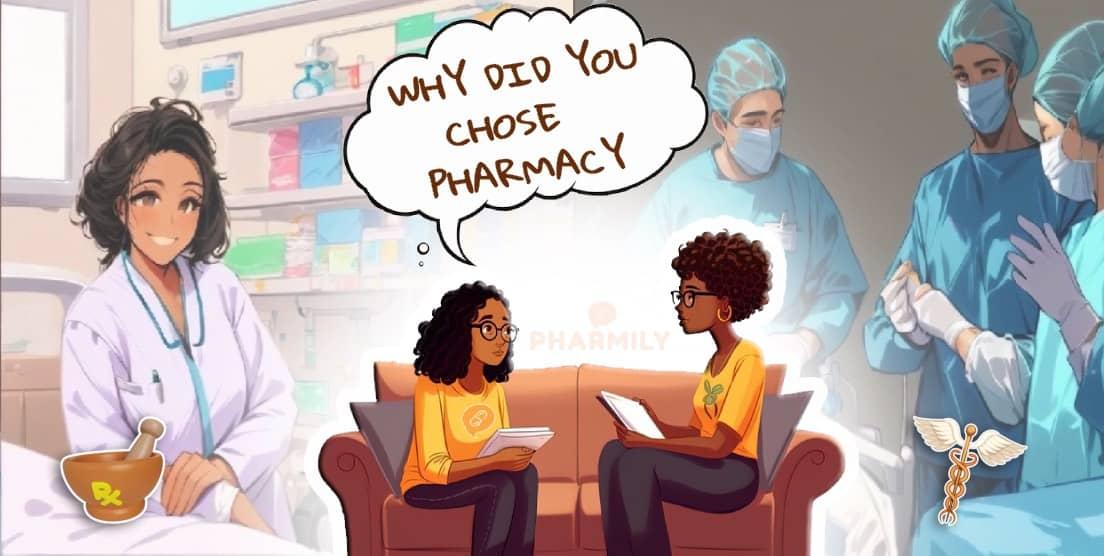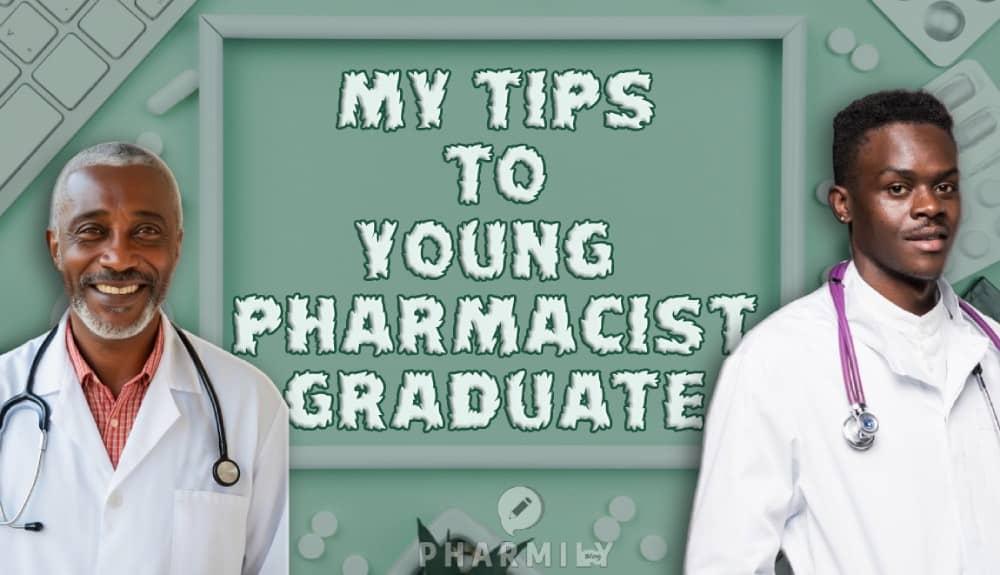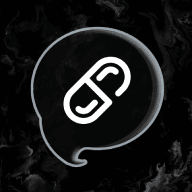A World Without Pharmacists: A Story of Forgotten Care
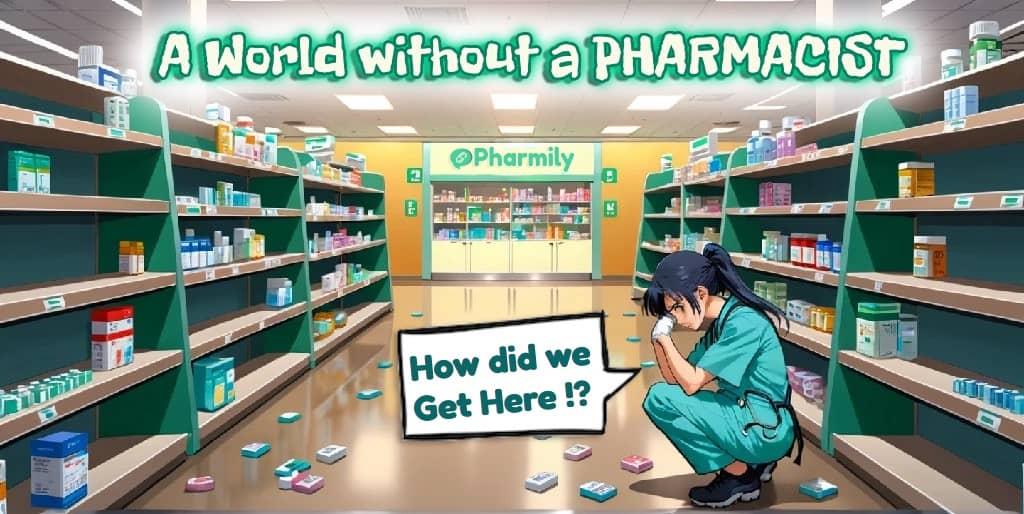
In the year 2055, the world had come to rely on technology like never before.
The sky was dotted with drones, cities buzzed with self-driving cars, and in the medical field, artificial intelligence and automation had become the bedrock of healthcare.
This was a "World without Pharmacists" People no longer felt the need to physically visit doctors or pharmacies; everything could be done with the touch of a button, a scan of the eye, or a simple voice command.
It was in this world of automation that the pharmacy profession, once revered and essential, began to fade.
At first, it was just a slow shift, almost imperceptible. People no longer stood in long lines at local pharmacies; instead, they used their personal health apps to reorder medications.
Robots in sleek, chrome-clad pharmacies would deliver pills with precise doses, perfectly matching what was written in digital prescriptions.
At the time, no one questioned it. The benefits seemed clear: efficiency, convenience, and speed.
The old pharmacists, with their quiet, compassionate care, seemed like relics from another time. After all, artificial intelligence could process millions of prescriptions in a fraction of the time, and automated systems could ensure accurate doses.
Why bother with human pharmacists when machines could do the job better, faster, and without error? Or so they thought.
Chapter One: The Promise of Progress
In the beginning, things seemed flawless Health apps would sync with AI-powered health diagnostics, tracking everything from heart rate to medication schedules.
People could simply ask their devices for advice:
"What medication should I take for this cold?"
and the app would instantly generate the most effective treatments, matching the user's medical history and current condition.
The convenience was undeniable. The AI could even offer quick consultations, analyze symptoms, and suggest treatments in mere seconds.
People marveled at how the world was evolving. The idea of sitting in a cold, sterile pharmacy, waiting for advice, seemed increasingly outdated.
Those who still relied on human pharmacists were seen as old-fashioned, holding on to a profession that appeared unnecessary in a world of automation.
But something deeper was missing.
Chapter Two: The Subtle Cracks
It started slowly, as all great shifts do. Small problems cropped up at first.
A Lady, Miss Abigai, was prescribed a medication by her AI health assistant, which, according to the system’s algorithms, was supposed to work perfectly with her condition.
But after taking it for a few weeks, she began to experience strange side effects—headaches, dizziness, and nausea.
When she consulted her AI assistant again, it suggested switching to a stronger medication. She was hesitant at first, but trusting the system, Alice complied. Weeks passed, and her symptoms only worsened.
It wasn’t until she visited a clinic, hoping to find some answer, that an overworked nurse who called her pharmacist friend that,
discovered the issue:
Miss Abigail you have been taking medications that interacted poorly with her blood pressure medication.
"Why didn't your AI catch this?"
the nurse asked. Miss Abigail, shook her head. "I thought it was foolproof."
This really is a world without Pharmacists, Hope it doesn't get worse,- the nurse said to herself !
Not too long, Across town, the same thing happened to Mr. Greg, a man with a history of heart disease. His AI prescribed him a new medication that seemed to work well for his condition.
However, it missed the fact that his kidney function had deteriorated over time.
The automated system had no context beyond the data it was given, and no human judgment to assess potential risks.
By the time Mr. Greg collapsed from acute renal failure, it was too late. He had no warning—only the growing dread that something had gone horribly wrong.
With each story like Abigail's or Greg’s, the cracks began to widen.
People had started relying so heavily on technology, trusting it to make all their health decisions, that they no longer noticed the human element missing from their care.
No one had warned them that medications couldn’t just be matched by algorithms alone; they needed the judgment, the intuition, the experience of a human being to connect the dots.
Chapter Three: The Wake-Up Call
The tipping point came when a widespread crisis hit. It began with a small group of people who had been given a newly released drug for chronic pain.
The AI system had approved it, touting its effectiveness and minimal side effects.
But as the days went on, reports of severe allergic reactions poured in. Patients who had taken the drug began suffering from rashes, breathing difficulties, and life-threatening anaphylactic shock.
The worst part was that the AI failed to foresee the reactions in patients with rare allergies—because the data simply didn’t exist in the system yet.
Hospitals became overwhelmed, and emergency rooms filled with patients who were critically ill from the AI-recommended drug.
Some were even on the verge of death. Doctors scrambled to assess the situation, but without pharmacists to guide them on the proper medication management, the errors snowballed.
The machines couldn’t offer the compassion, the advice, or the human insight needed to handle the crisis.
People began to panic. Hospitals sent out emergency notices, advising people to stop taking certain medications immediately, but the damage had been done.
Patients lost trust in the automated systems they had relied on for so long.
Chapter Four: The Return of the Human Touch
In the aftermath of the crisis, the world woke up to a startling realization: the loss of pharmacists had created a void that technology simply couldn’t fill.
It wasn’t just about the dispensing of pills or the matching of medications to prescriptions.
Pharmacists had been the gatekeepers of safety, the ones who understood the intricacies of human health beyond the cold precision of a machine.
Slowly, communities began to demand the return of human pharmacists. People began to see the value in the face-to-face interactions, the personalized care, and the knowledge that a pharmacist brought to the table.
They realized that the AI, no matter how advanced, couldn’t predict everything—a person’s unique health history, their emotional state, the little signs and symptoms that only a trained eye could catch.
Pharmacists returned, not as the sole authority, but as vital partners in the medical process.
They worked alongside AI and automated systems, not replaced by them.
The machines became tools—powerful tools—but it was the pharmacists who provided the nuance, the care, and the protection that only human beings could offer. Dr. Ellie Jamison, once a top AI developer for the healthcare sector, had a moment of clarity after the crisis. She said,
“We thought we could replace human judgment with data, but we learned the hard way—people’s lives are too complicated for that.
Technology can guide us, but it can never replace the human heart.”
And so, the world came to understand that the future of healthcare was not about erasing the past but blending the best of both.
Technology would help, but the wisdom of the human touch—embodied in the form of pharmacists—was irreplaceable.
The old profession, once overlooked and undervalued, was now seen as the cornerstone of safe, compassionate healthcare.
Epilogue: A New Era
As the years passed, people began to visit their pharmacists not only when they were sick but also for wellness check-ins, lifestyle advice, and to ensure they stayed healthy long into their old age.
And so, in a world of machines, the profession that had once seemed outdated had proven its worth.
In the end, the world had learned that no matter how advanced technology became, it was the human heart, embodied in pharmacists, that made all the difference.





